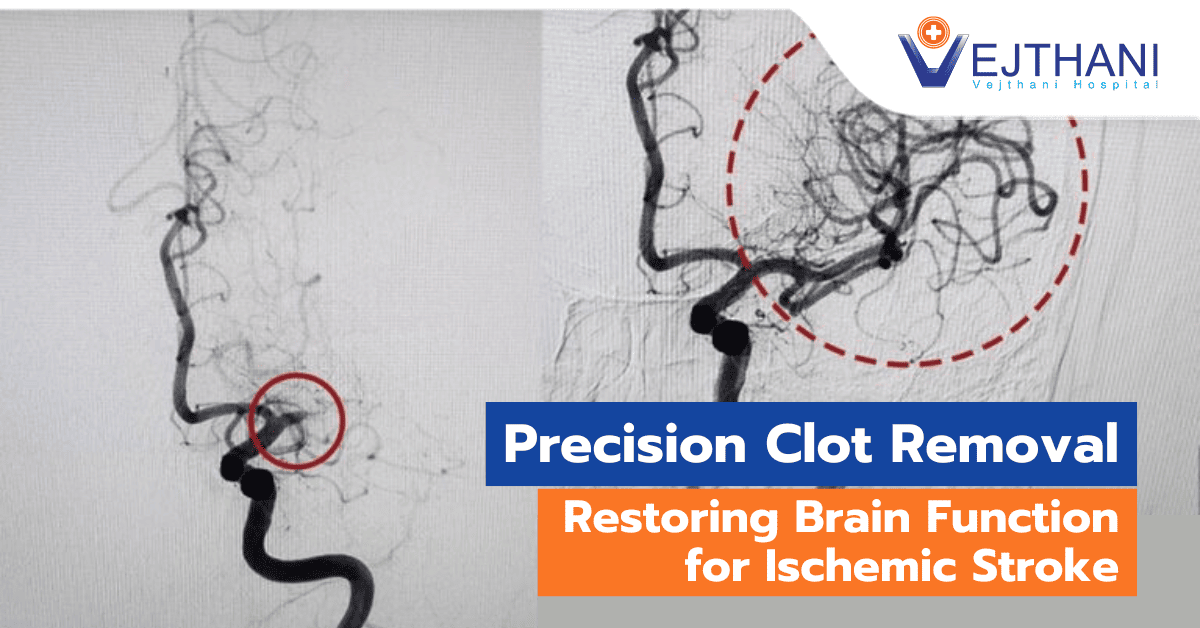
Stress Incontinence
Diagnosis
During your appointment, your doctor examines potential factors contributing to your symptoms. Your visit typically involves:
- Health history.
- A voiding diary tracks the amount of fluid intake, as well as the timing and frequency of urination.
- A physical examination. For women, this could involve a pelvic exam and a rectal exam.
- A quick neurological examination to assess pelvic nerve function.
- Examination of a urine sample for blood traces or infections.
- Urinary stress test: When you cough or bear down with a full bladder, your healthcare provider will check for urine loss.
Bladder function examination
In most cases of urinary incontinence, additional tests are not necessary. However, your healthcare provider may sometimes order tests to assess the function of your bladder, urethra, and sphincter.
These bladder function tests may include:
- Calculating the amount of urine that remains in your bladder following a urinal. If there is any reason to worry about your ability to completely empty your bladder, you may be scheduled for this test. This test may be necessary for those who have diabetes, are elderly, or have had bladder surgery. An ultrasound, which converts sound waves into a picture, is used by a professional. The test determines the volume of pee that remains in your bladder after urinating. A catheter may occasionally be inserted into your bladder through your urethra as part of the test. The catheter collects residual urine for measurement purposes.
- Measuring bladder pressures. Urodynamics is a test that assesses bladder pressure during both filling and emptying. It’s helpful in diagnosing stress incontinence and evaluating the strength of pelvic floor muscles. Healthcare professionals may use the results to determine the appropriate surgical approach.
During the test, a catheter is used to gradually fill your bladder with warm fluid. While your bladder fills, you may be instructed to cough or bear down to assess for leaks. This procedure may be combined with a pressure-flow study, which measures the pressure your bladder requires to empty completely. - Cystoscopy. This test utilizes a scope inserted into the bladder to examine conditions in the bladder and urethra that may be causing your symptoms. Typically, this procedure is conducted in a medical office.
Treatment
If you’re dealing with stress incontinence, your doctor might suggest a combination of treatment strategies. Should you have a urinary tract infection, addressing and treating this infection will be the priority before initiating any treatments for stress incontinence.
Behavior therapies
Behavioral therapies can assist in reducing or eliminating stress incontinence. Treatments may include:
- Pelvic floor muscle exercises. Your doctor can assist you in learning how to perform Kegel exercises to strengthen your pelvic floor muscles and urinary sphincter. Consistent practice is essential for Kegel exercises to be effective.
Biofeedback, a technique that uses pressure sensors or electrical stimulation to guide proper muscle contractions, can be combined with Kegel exercises to enhance their effectiveness. Once your muscles are strengthened, you can contract these muscles before activities that may cause leakage to prevent it.
- Drinking fluids. Your doctor may recommend specific amounts and types of fluids to consume throughout the day and evening, as well as when to drink them. However, it’s important not to restrict fluid intake to the extent that your body becomes dehydrated.
- Healthy lifestyle changes. Reducing your body weight, addressing a persistent cough, or giving up smoking will all help you feel better and reduce your chance of developing stress incontinence.
- Bladder training. If you have mixed incontinence, your doctor may recommend a schedule for using the restroom. Urge incontinence may be alleviated by more frequent urination.
Medicines
In the United States, there are currently no approved medications specifically for treating stress incontinence.
Female stress incontinence
Devices
A vaginal pessary can be an effective aid for managing stress incontinence in individuals assigned female at birth. This device, often shaped like a ring with two bumps, is designed to sit on either side of the urethra, providing support. Your doctor can fit and insert this pessary, which helps support the urethra and prevent urine leakage during physical activities. It requires periodic removal for cleaning.
Additionally, over-the-counter vaginal inserts, which resemble tampons, are available to support the urethra. These are disposable, non-surgical options that can be used and then thrown away after use.
Surgery
The goal of stress incontinence surgeries is to support the bladder neck or assist in closing the sphincter. Those whose birth assignment is female have the following surgical options:
- Midurethral sling procedure. The prevailing method for addressing stress urinary incontinence involves a minimally invasive procedure wherein a small mesh is inserted beneath the urethral tube.
While there have been media reports of issues with the use of mesh for vaginal prolapse repairs, mesh sling procedures for stress urinary incontinence are generally safe and effective. Your surgeon will discuss the risks and benefits associated with the use of mesh for this type of surgery.
- Bladder neck sling procedure. This procedure is often utilized when individuals experience recurrent stress incontinence following a surgical intervention. It involves using a strip of tissue from the lower abdomen or thigh to create the sling. The procedure positions the fascia at the bladder neck and requires an incision into the abdomen.
- Retropubic colposuspension. This surgical technique involves the use of sutures attached to ligaments along the pubic bone to support the tissues near the bladder neck and upper urethra. It can be performed through small laparoscopic incisions or a larger abdominal cut.
- Bulking agents. Gels or other materials can be injected into the tissues around the upper part of the urethra to add bulk to the area.
Male stress incontinence
For those who were assigned male at birth, treatment options for stress incontinence could include:
- Condom catheters. Condom catheters, also known as Texas catheters, encase the penis and feature a catheter at the tip to collect urine into a bag. While they effectively capture leakage, they do not prevent it.
- Bulking agents. Gels or other materials can be injected into the tissues around the upper part of the urethra to add bulk to the area.
- Inflatable artificial sphincter. This device is surgically implanted. A cuff is placed around the upper portion of the urethra, functioning as the sphincter. Tubes connect the cuff to a balloon in the pelvis that regulates pressure. A hand-controlled pump in the scrotum allows for manual operation. As time passes, the artificial sphincter may require additional surgeries to maintain its functionality.























